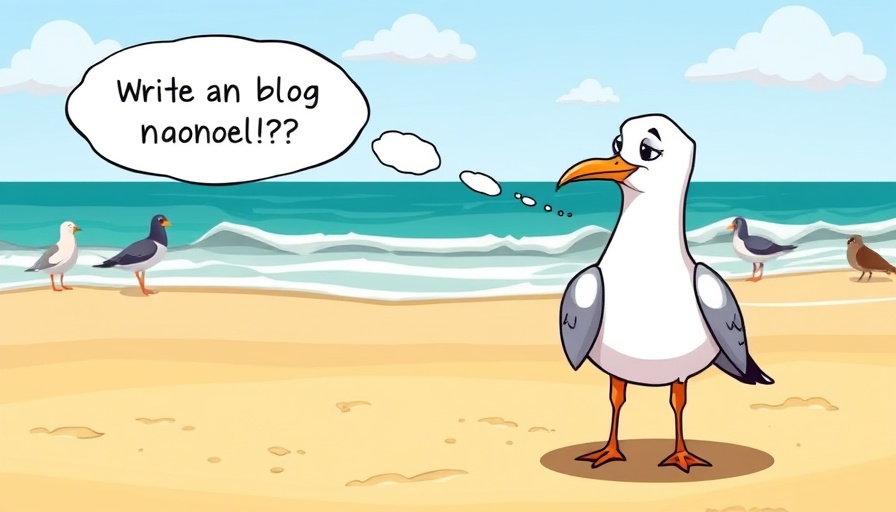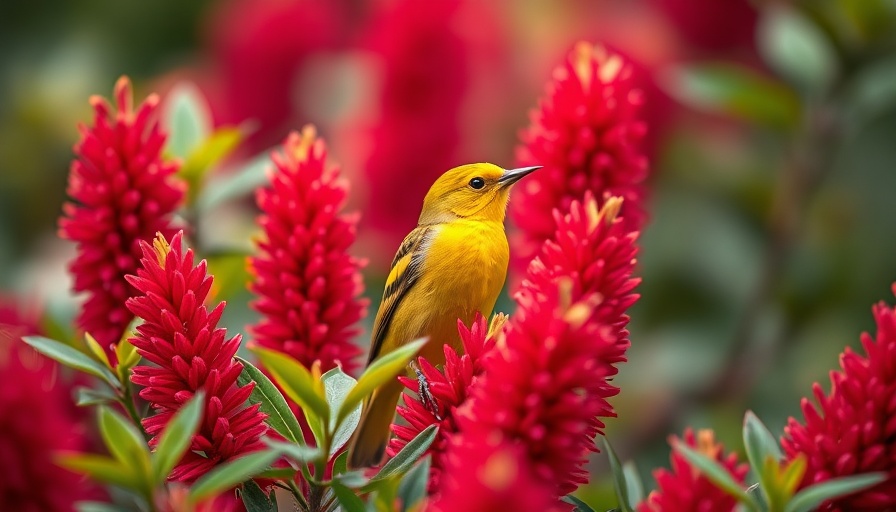
The Alarming Decline of North America's Bird Populations
It’s not just in our heads; across North America, avian life is witnessing a significant decline. Recent research from the Cornell Lab of Ornithology highlights this concerning trend, revealing that species once considered common are vanishing at an alarming rate. Over the past decade, birds like the American Robin and the Northern Pintail have seen their numbers dwindle, particularly in regions where they were once abundant.
Understanding the Data Behind the Decline
Utilizing crowd-sourced data from over 36 million observations through the eBird platform, the findings underscore that 75% of the bird species observed are experiencing population declines. This stark reality shines a light on the urgent need for awareness and action, especially in traditionally thriving habitats.
The Impact of Environmental Changes on Bird Populations
The decline is attributed to a myriad of factors, including habitat loss, climate change, and pollution. This is not merely an environmental issue; it's a profound cultural concern, as our landscapes become quieter with each passing year. The absence of familiar calls and sightings of species that once resonated in our backyards and wetlands profoundly affects our ecosystem, illustrating a loss that future generations may not even recognize.
Highlighting Key Species at Risk
Among the most severely affected species are the Northern Pintail, Great Blue Heron, Yellow-rumped Warbler, and Red-tailed Hawk. Each of these birds not only enriches our environment but also plays crucial roles in their ecosystems. For instance, the Northern Pintail, once prevalent during winter migrations, saw a noted population decrease of 10.5% in certain U.S. wetlands since 2011.
The Call to Action for Bird Conservation
The timely release of these findings calls upon individuals, communities, and policymakers alike to recognize and address the simultaneous challenge of declining bird populations and the overall health of our environment. We have the ability to change these trends through concerted conservation efforts and local actions that support biodiversity.
 Add Row
Add Row  Add
Add 




 Add Row
Add Row  Add
Add 

Write A Comment